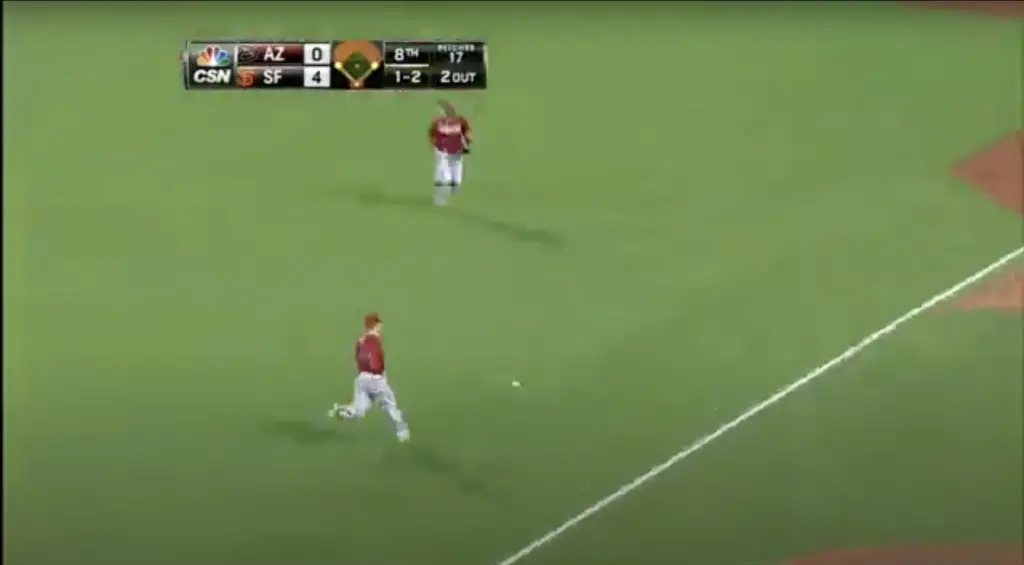Texas leaguer
What is a Texas Leaguer in Baseball?
In the intricate tapestry of baseball terminology, the phrase “Texas Leaguer” stands out for its unique blend of geographical specificity and historical depth. This term, deeply entrenched in the sport’s lexicon, refers to a specific type of hit that has puzzled pitchers and delighted hitters for over a century. In this article, we delve into the origins, characteristics, and strategic implications of the Texas Leaguer, offering insights into how this seemingly modest hit plays a significant role in the dynamics of baseball.
The Origins of the Texas Leaguer
Historical Background
The term “Texas Leaguer” dates back to the late 19th century, a period rife with colorful slang and regional pride in the burgeoning sport of baseball. It is widely believed to have originated from a hit made by Ollie Pickering, a player in the Texas League, in 1892. Pickering reportedly hit a series of soft, shallow fly balls that landed between the infielders and outfielders, neither of whom could make the play. This type of hit, which seemed to defy conventional fielding strategies, quickly garnered the moniker of the Texas Leaguer, linking it indelibly to its supposed geographical and player origins.
Definition and Characteristics
A Texas Leaguer is defined as a batted ball that lands in the outfield just beyond the infielders’ reach but is too short for the outfielders to catch on the fly. These hits are often described as “bloops” or “flares” and are characterized by their ability to fall in ‘no man’s land,’ creating a challenge for fielders and an opportunity for hitters.

The Strategic Impact of the Texas Leaguer
Frustration for Pitchers
From a pitcher’s perspective, the Texas Leaguer can be a source of immense frustration. Often, these hits come off of pitches that are well-executed and should, in theory, result in an out. Instead, the ball’s placement defies expectations, turning what could have been a routine play into a hit. This unpredictability underscores the inherent uncertainty of baseball, where even the best strategies can be undone by the game’s chaotic elements.
Opportunity for Hitters
Conversely, hitters find the Texas Leaguer to be a testament to the adage, “A hit is a hit.” Regardless of how it looks, a Texas Leaguer on the stat sheet contributes just as much as a line drive to the gap. For batters, especially those struggling to find their rhythm, a well-placed bloop can serve as a catalyst, sparking rallies and providing a psychological boost. It’s a reminder that skill in baseball isn’t just about power or speed, but also about placement and timing.
Impact on Defensive Strategy
Defensively, the Texas Leaguer challenges teams to adapt their fielding alignment and player positioning. Understanding the tendencies of hitters and the physics of batted balls can help teams anticipate potential Texas Leaguers. Shifts and outfielders playing in or out based on the game situation and the batter’s profile are strategies employed to mitigate the impact of these hits. However, the inherent unpredictability of where the ball will land makes the Texas Leaguer a persistent challenge for defensive scheming.
Real-Time Data and the Texas Leaguer
In today’s data-driven era of baseball, real-time analytics play a crucial role in understanding and adapting to the Texas Leaguer. Advanced metrics such as launch angle, exit velocity, and fielder positioning are analyzed to predict the likelihood of a Texas Leaguer occurring based on the batter’s swing and the pitch’s characteristics. Teams leverage this data to fine-tune their defensive alignments and pitching strategies, aiming to reduce the chances of these frustrating hits. Yet, despite the technological advancements, the Texas Leaguer remains a testament to baseball’s unpredictability and charm, proving that not all aspects of the game can be controlled or predicted.
